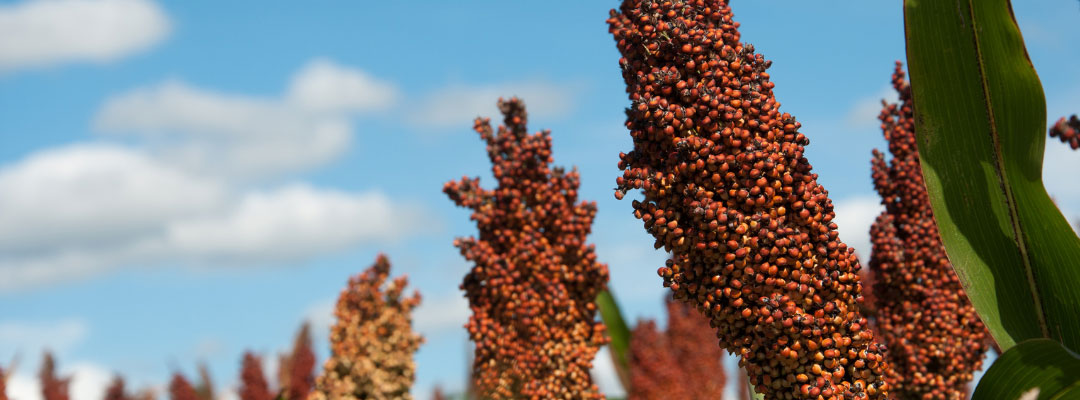For many feed grain producers, 2021 was a profitable year; however, the uncertainty and risk associated with the 2022 corn crop is elevated. Following is a look at how the components of the supply and demand balance sheet might provide price direction as we head into the new crop season. Importantly, is there a likelihood of an increase in ending stocks that puts downward pressure on prices, or might stocks get tighter and prices go higher?
USE: U.S. corn use over the last six years has ranged from a low of 14.0 billion bushels (2019/20) to a high of 14.8 billion bushels (2017/18, 2020/21, 2021/22). Domestic use over this time frame is little changed, varying in a range from 12.1 to 12.4 billion bushels.
Looking at the major use categories, growth in the corn for fuel use category seems limited due to uncertainty around the Renewable Fuel Standard and gasoline demand projections. With rising fuel-efficiency ratings and a growing number of vehicles on the road that do not use gasoline, the Energy Information Administration forecasts motor gasoline demand in the U.S. (the foundation of ethanol demand) to decline over the next several years in its Annual Energy Outlook (https://www.eia.gov/outlooks/aeo/).
Impacting the corn for feed category is a decline in grain consuming animal units (GCAU) over the last two years and a decline in energy feed per GCAU over the last five years (https://www.ers.usda.gov/data-products/feed-grains-database/).
Food, seed, and industrial use (other than ethanol) have held steady in a range from 1.415 to 1.453 billion bushels since 2016.
Exports have been the use category with the most variability over the last several years and have therefore had the most impact on ending stocks. U.S. corn exports hit an all-time record high in 2020/21 at 2.753 billion bushels. Corn production from the top four competitors for U.S. corn exports: Brazil, Argentina, Ukraine, and Russia, is forecasted to be at record high levels in 2021/22, while U.S. exports are projected to be back down to 2.425 billion bushels. High corn prices provide incentives for producers all around the world to increase acres. At the time of this writing, the conflict between Russia and Ukraine has the potential to upset grain flows from the Black Sea region, an important component of the global grain trade.
SUPPLY: One of the greatest areas of uncertainty for 2022 is the impact of record-high fertilizer prices and crop input availability. How will this impact farm productivity, profitability, and planting decisions? Will farmers opt for crops that are less fertilizer intensive given these high input costs? Will herbicide cost and availability shift planting decisions to crops with a wider range of alternative crop production systems that are less reliant on over-the-top herbicides? The current ratio of soybean to corn prices suggests net farm returns are about equal between these two crops in Midwest crop budgets (farmdoc dailyhttps://farmdocdaily.illinois.edu/2021/12/2022-updated-crop-budgets.html). Late-spring input pricing and input product dealer inventories may keep the acreage question unanswered longer than normal this spring.
ENDING STOCKS AND PRICE: If farmers plant about the same number of corn acres in 2022 as 2021 (about 93 million), we once again achieve a trendline yield (about 179 bushels per acre), and projected use holds steady in 2022 as currently projected for 2021, total production would exceed the 14.8 billion bushels of projected use. That would increase ending stocks in 2022 and fundamentally put downward pressure on prices.
RISK MANAGEMENT: A primary area of financial risk in 2022 is that producers will have locked in high input costs early in the season only to see prices fall significantly by harvest. This highlights the importance of a two-prong approach to risk management. First, focus on cost management and input use efficiency while maintaining productivity. This is to get the break-even cost as low as possible. Second, have an accurate estimate of break-even cost and a plan and the tools in place to not let profitable price opportunities get away.

Welch, J. Mark. “2022 Corn Outlook“. Southern Ag Today 2(10.1). February 28, 2022. Permalink














